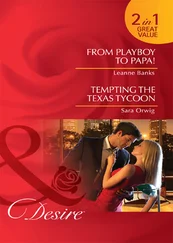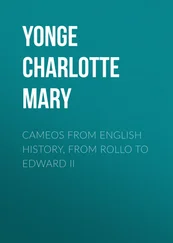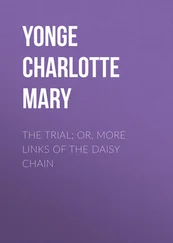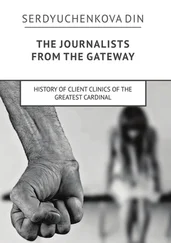England’s judges would rise to the challenge. Their solution was seen for the first time at a trial in Westminster in 1220, when a self-confessed murderer called Alice snitched on five other accused men in the hope of saving her own skin. The charges could not be resolved by battle, because she was a woman, but those she named then agreed to submit ‘for good or ill’ to the judgment of twelve of their property-owning neighbours. Said neighbours promptly swore that one was a law-abiding man but that four were thieves, whereupon the unlucky quartet was hanged. By the following summer, when seven of the king’s judges set out on another circuit of England’s prisons, they had begun to use the new system regularly. Trial by twelve good men and true had been born.
The jury trial would generate countless myths over the following centuries, and those claiming to describe its origins have been among the most tenacious. Athens, Rome, and the Magna Carta – an abortive truce signed in 1215 between King John and rebellious barons – have all, in their time, been credited with inventing the institution. In fact, it owed nothing to any of them. Athenians had judged in groups of several hundred at a time, the mythological Oresteia notwithstanding, and their civilization was one of which few people in thirteenth-century England would even have heard. The Roman Republic had seen the establishment of courts known as the iudicia publica , at which wealthy officers and senators had judged certain offences, but the precedent had no impact at all on English law. The Magna Carta, for its part, asserted that monarchs had to obey their own laws, and used language that would later support arguments for speedy and fair trials, but although it acknowledged pre-existing methods of trial, it did not prescribe any new ones.
No innovation built on tradition has a single source, but some of the rituals from which Westminster’s judges were drawing in 1220 can be identified. England’s rulers had been assembling groups of sworn men to furnish them with information for several centuries, and a link between twelve men on oath and criminal justice had been seen as far back as AD 879, when King Alfred the Great signed a peace treaty with King Guthrum of Denmark. Their agreement, which partitioned England as the price for ending decades of Viking raids, established that a killer in either ruler’s realm could cleanse himself of blood-guilt by producing twelve sworn men (‘if he dares’). Quite where the idea of a dozen judges came from would always excite speculation, with later jurists crediting the Apostles, the tribes of Israel, and so on; but although that mystery remains obscure, it is very clear that in 1220 the number had become conventional. And only a short imaginative step would have been required to transform such compurgation rituals into the jury trial. Even in the early eleventh century, defendants in some cases had been required to choose co-swearers from an independent panel of locals rather than their friends, and the only change required was to turn that exception into the norm. Instead of being allowed to produce their own jurors, defendants would challenge those of their neighbours whom they did not trust to judge them fairly.
Just as there was institutional continuity, the extension of the jury’s role into the field of criminal justice was not a sudden leap from ritual to reason. A society that in 1215 had been committed to the belief that God healed blisters and zapped perjurers for love of justice did not in the space of five years decide that He had lost interest. The new system still relied squarely on the oath, and witnesses played no more than an occasional role in trials until well into the fifteenth century. The earliest jurors were the witnesses and their veredictum – or ‘spoken truth’ – was the only testimony required. God remained the guarantor of justice, and His wisdom was discovered by rituals that treated jurors as ciphers to be cracked rather than as agents of rational inquiry. They were deprived of food, drink, and fire while they deliberated, individually imprisoned if they held out against the majority for longer than a day and a night, and collectively carted from court to court if they swore a verdict that the judge considered perjurious. The crowning absurdity was that, at the same time that jurors were effectively robbed of a right to silence, defendants were formally prohibited from swearing to their innocence – for fear that the guilty among them would otherwise lose their souls.
No thirteenth-century thinker could have been entirely sure that fallible human beings were even capable of stepping into God’s shoes. The risk that a juror might break his oath would have been as keenly perceived as the hope that he would abide by it, while the few people who pondered such matters would have had little confidence in the ability of jurors to assess evidence. As elsewhere in Europe, the unseen deed, like the hidden motive, was widely perceived as a phenomenon beyond mortal ken, unknowable to all but God. England’s first legal writer, Henry Bracton, thus explained in the 1220s or 1230s that it made no sense for jurors to judge a poisoning – the quintessentially secret crime, always associated with sorcery in the pre-modern world – because ‘[they] can know nothing of the deed’. And whereas continental inquisitors would overcome such riddles by subjecting defendants to the rack and strappado, English law would require anyone suspected of particularly mysterious crimes to undergo trial by combat for at least another century.
To the limited extent that the new system did represent a move away from earlier superstitions, it seems to have inspired feelings ranging from trepidation to terror. At one of the first sets of trials, held in Gloucester in June 1221, almost half of the twenty-seven indicted defendants refused to enter a plea. Matilda, accused of murder, declined because she felt that too many people hated her. John explained that he had done far too much evil to want to put his fate in his neighbours’ hands. William, suspected of sheep stealing, backed out after seeing a jury send the defendants immediately ahead of him to the gallows. All the concerns sound eminently sensible, but rationality was certainly not the only force at work. For the judges were almost as unsure about their innovation as the defendants. They did not insist that anyone submit to it, and Matilda, John, and William – along with all the other holdouts – escaped execution. Two of the trio were immediately released.
The judges would soon overcome their compunctions, and by the time they reached Warwick, three months after the Gloucester debacle, they were putting their collective foot down. A murderer and a thief who refused to plead to a jury were unceremoniously hanged, and judges were soon requiring that defendants state – on their knees with right hand raised – that they consented to jury trial ‘for good or ill’. If they refused to do so they would be spread-eagled under stones or lead and given only bread and water until they submitted or died. The suspicions attaching to the novel system were nevertheless such that resistance was widespread for decades, and sporadic for far longer. As late as the mid eighteenth century there would be people who would refuse trial by jury, and England’s authorities retained the right to extract pleas using thumbscrews and millstones until 1772.
Not much is known about the trials that ensued over the next two centuries, but they were certainly very different from their modern counterparts. Although the law’s concern for the fate of defendants’ souls meant that an accused was denied the opportunity to give sworn testimony, few asserted a right to silence – for in the absence of any right to a lawyer, suspects who knew what was good for them argued for their lives. Their opponent was the accuser: prosecuting lawyers appeared only in major cases before the seventeenth century, and independent testimony was all but unheard of until the early 1500s. An English lawyer writing in the 1470s, Sir John Fortescue, found the very notion of witnesses downright sinister. In a lengthy explanation of how English trials were the best in the world, he explained that continental inquisitors not only used unpleasantly belly-bursting, tendon-snapping techniques of torture, but brought people to court to say what they knew. They could, he pointed out, be bribed to say anything. Far more sensible, he argued, to have a system under which no one was liable to conviction except on the sworn evidence of twelve unbiased men.
Читать дальше
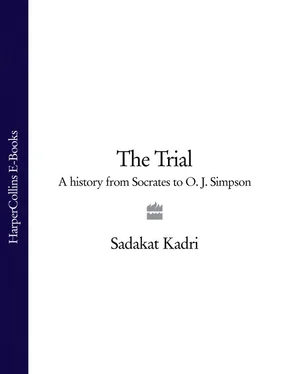
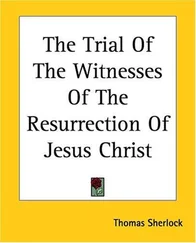
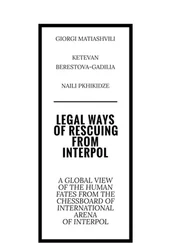
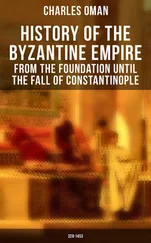
![Theresa Cheung - The Dream Dictionary from A to Z [Revised edition] - The Ultimate A–Z to Interpret the Secrets of Your Dreams](/books/692092/theresa-cheung-the-dream-dictionary-from-a-to-z-r-thumb.webp)
